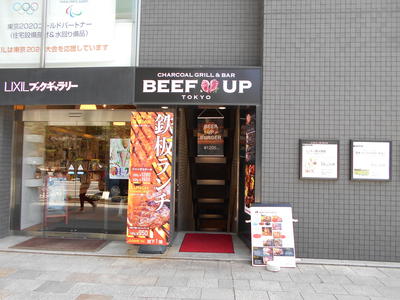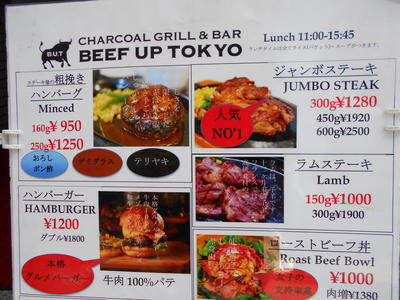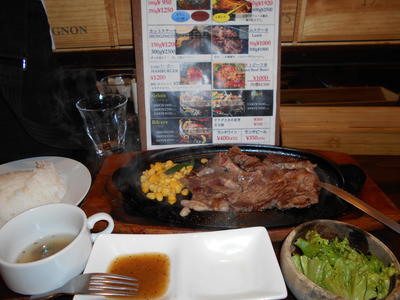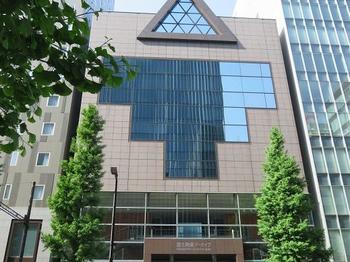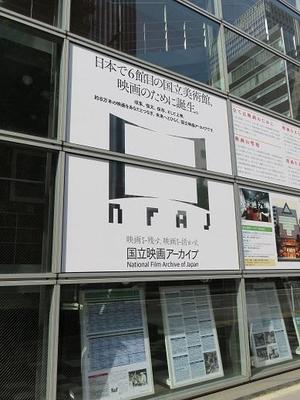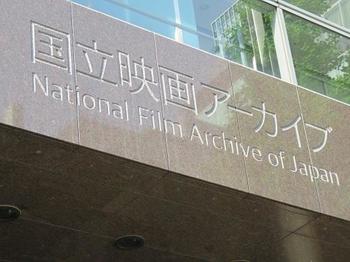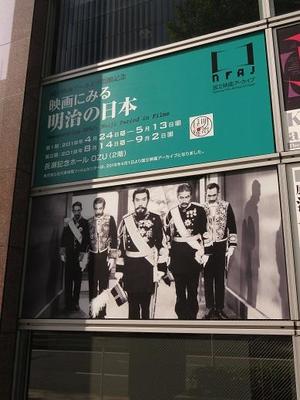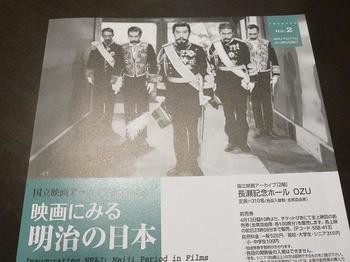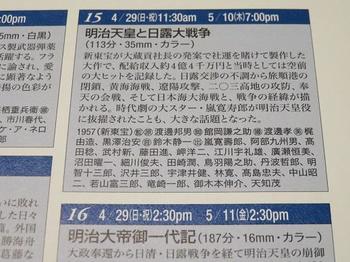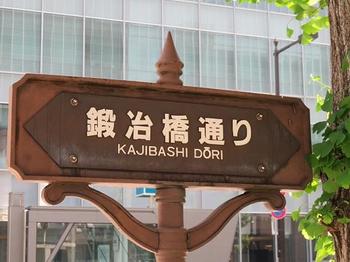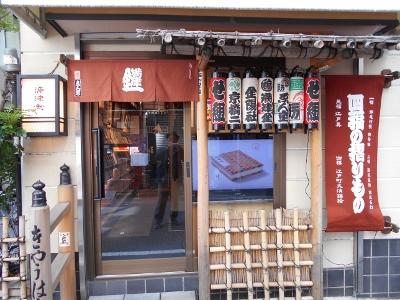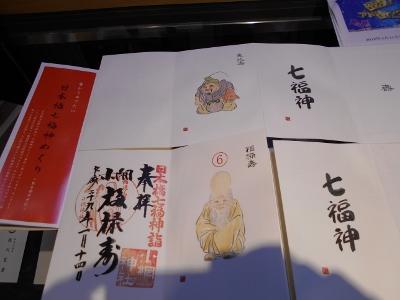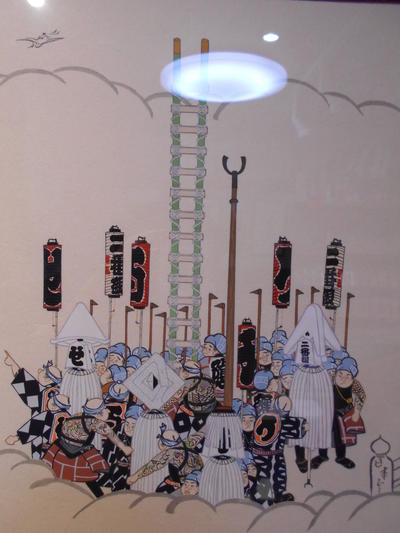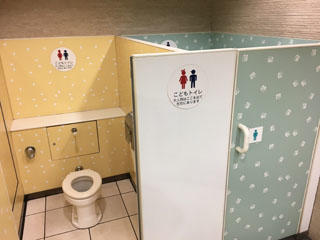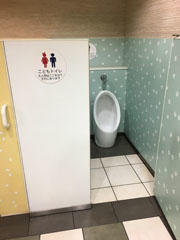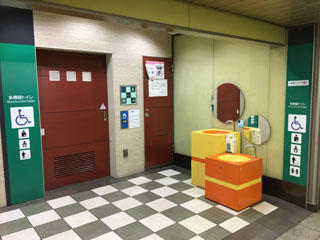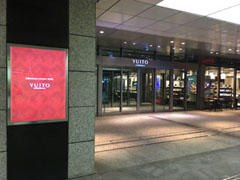I think everyone knows the Higashiboriru River, but it seems that it was originally the mouth of the Shakujii River.
"The former Shakujii estuary, which lost the flow from the upstream, will play a central role in boating as a riverbank connecting to the Nihonbashi River, once again maintaining Isecho moat (Nishiborirugawa) and Horiecho Iribori (Higashiborirugawa). It will be. " "From Chuo Ward Kyobashi Library Local Room Newsletter No. 156"
I thought it was a moat that had been drilled from the Nihonbashi River as a cargo listing in Edo.
This time, I'm planning to walk along the ruins of Higashibori Tsurukawa.

This information board is the information board at the site of Nishibori Rugawa at 1-chome Kobunamachi. The Higashiboriru River is the river on the right of the information board. There were three bridges on the Higashiboriru River, from the Nihonbashi River to Shisha Bridge, Father Bridge, and Manbashi. Unfortunately, it was reclaimed in 1949, and now you cannot see these bridges. Speaking of Shishibashi, it is said that it came to be called Shishibashi because I wondered whether to go to Yukaku or the theater in the early Edo period. The photo below is a photo of Shizuka Bridge in the early Taisho era.
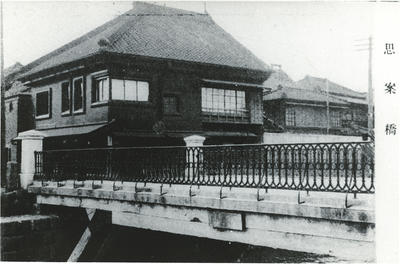
<Photo: Kyobashi Library, Chuo Ward>

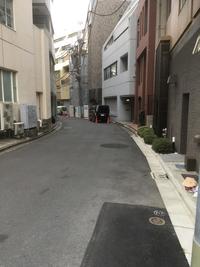
There was still a sluice gate at the connection point of the Nihonbashi River. This part is Koamicho Children's Amusement Park, and there is a public toilet in this park, but this area is the place where the thought bridge was located. The bend condition of the alley in the photo on the right matches the bending condition of the Higashiboriru River on the map above.
In the building facing this alley, you can still see "warehouse architecture" arranged in a modern style.
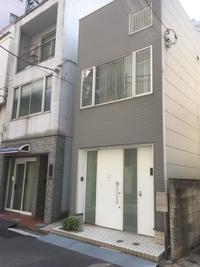
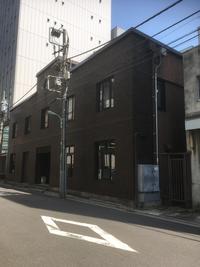
When the Higashiboriru River used to be, there would have been many warehouses near this area.
Personally, the "Horidome" exhibition of "Edo Famous Zoukai" came to my mind.
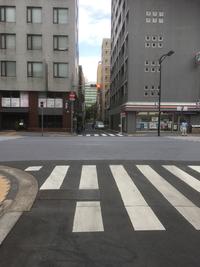
And it's near my father. The Higashiboriru River stretched from the front of the photo to the direction of the red light at the intersection. And this photo is also a photo of Father's Bridge in the early Taisho era. Of course, you can only see a two-story building.
"-Jinemon Shoji Jinemon, Jinemon, was called to the town of magistrate's office, and everyone in the rows, including Sadamori Honda, were all called their fathers and fathers, so people also heard and called them their fathers, and in November 1628, when Jinemon's initiative built a bridge that crossed Yoshiwara from the Edo area to Yoshiwara, he called him. "
The name of the bridge was related to Motoyoshihara, both Shishi Bridge and Father Bridge. Even today, people can be seen as Nihonbashi in Chuo-ku, but it would have been a bridge where many people came and went in the early Edo period.
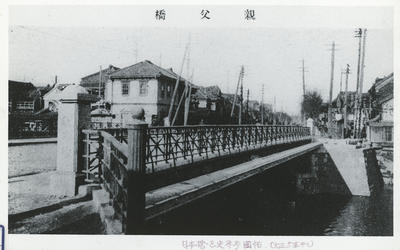
<Photo: Kyobashi Library, Chuo Ward>
Then, going straight at the intersection of the red light leads to Horidome Children's Park.
It is said that the river width of the Higashiboriru River was almost the same as this park.
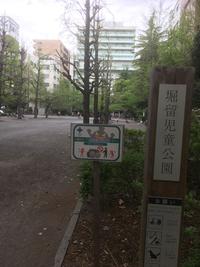

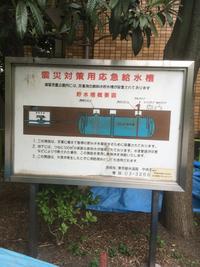
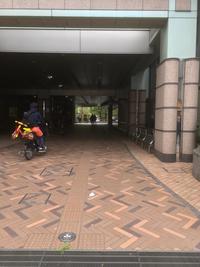
At present, it seems that an emergency water tank for disaster countermeasures is buried underground in this park. And at the end of the park is the Nihonbashi Health Center. The Nihonbashi Health Center was built on the ruins of the Higashiboriru River, but a part of the building was piloti, and it was structured as if it were a river flow. In addition, there were three tile mural paintings on the wall of Piloti.
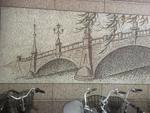
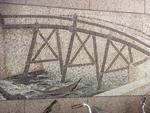
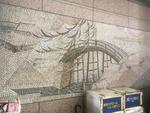
I thought this was probably the thought bridge, father bridge, and Manbashi in Higashiborirugawa, so I searched at the library or called the Nihonbashi Health Center to visit, but I didn't know what was clear after all. did. (Thank you to the staff of Nihonbashi Health Center for various research during your work.)
I think it's probably a mural from Nihonbashi this past and present. If you know the details, I would appreciate it if you could give me a professor.
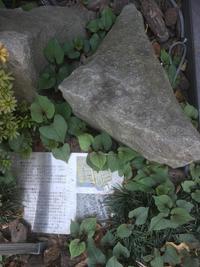
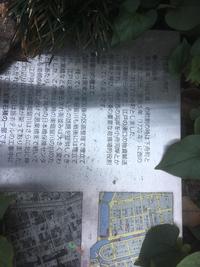
And there is a hotel called Super Hotel next to the Nihonbashi Health Center. At the entrance of the hotel, there was a part of the pierced stone masonry found during the construction of the hotel. It's my personal opinion, but I really felt that I wanted a bigger sign to be a little more prominent. If you walk normally, there will be no one to notice. The area in front of this hotel and Nihonbashi Health Center is where Manbashi was located. And it will be "Horidome" in front of the Nihonbashi Fire Station Horidome Station. Of course, the address will be Nihonbashi Horidomecho, Chuo-ku.
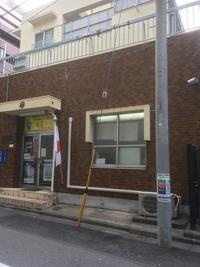
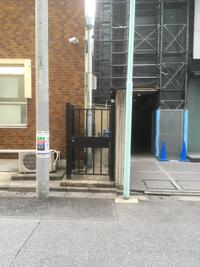
From Koami Children's Amusement Park to the Nihonbashi Fire Station Horidome Branch is the site of the Higashiboridome River.
Although it was a short distance in a flash, it was a town walk that made me feel that there was definitely a river there at the site of the former Higashiboriru River.
![]()
![]() was also casually entering and eating.
was also casually entering and eating.![]()
